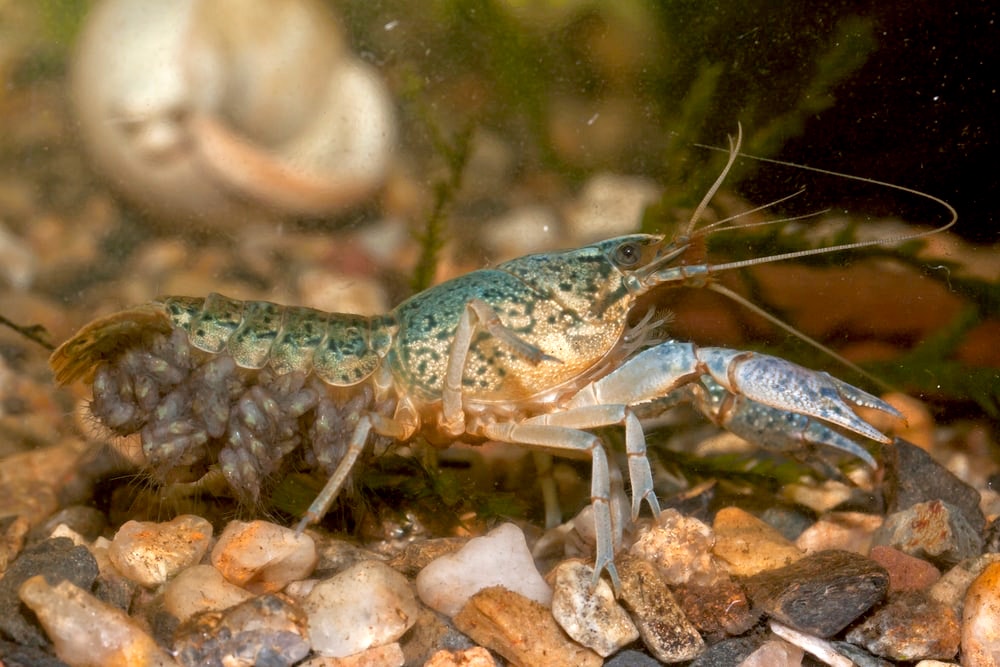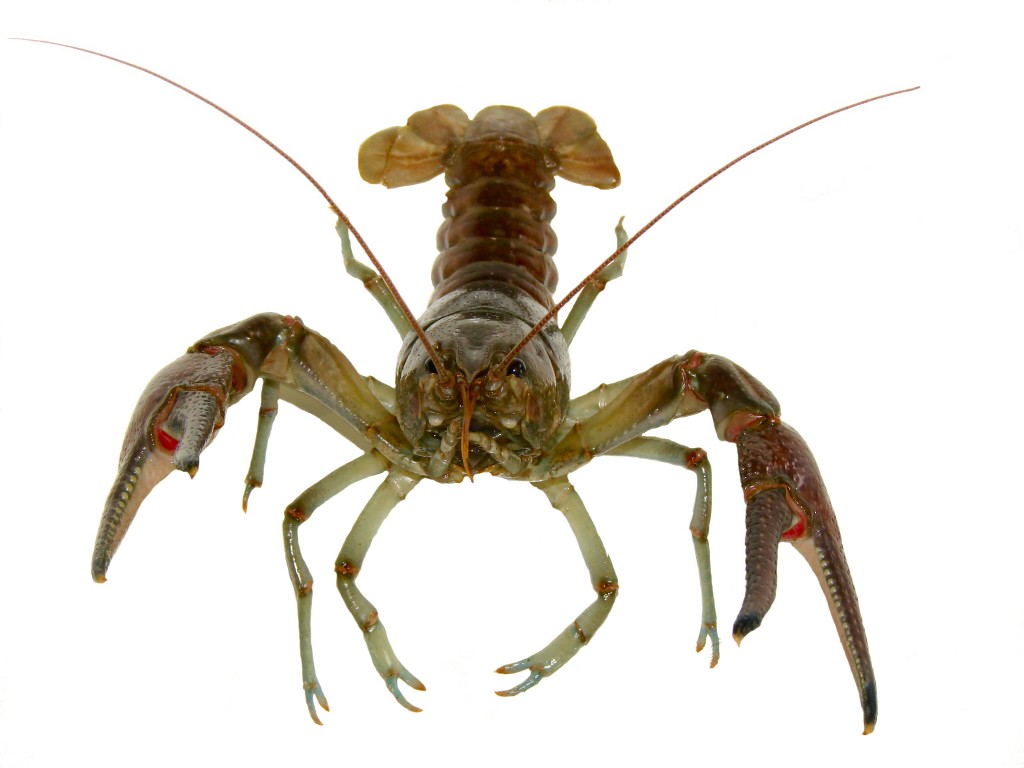

In 1803, the people of Louisiana became citizens of the United States through the Louisiana Purchase. In the 1800s, Cajun settlers modified lobster recipes passed down from their coastal Canadian forefathers, substituting them with crawfish. Most Acadians now dubbed Cajuns farmed, hunted, and fished.
Wild clawfish in us how to#
As a group, they learned once again from the Native Americans how to survive on the lands of the region. Spain was trying to form settlements in Louisiana and many Acadians took them up on the offer of tools, seed corn, livestock, guns, medical services, and a church in the fort. Many ended up in Louisiana where they lived along the swamplands and gulf region which was controlled by Spain by the 1760s. The Acadians were Catholic and in 1755 the British deported them by the thousands in cargo ship holds for not pledging allegiance to the King of England. They lived alongside the First People of the area and learned much about their hunting and fishing habits. Fisherman, farmers, and trappers worked 5 years to pay off the transportation and cost of materials for the Company of New France. Ten thousand left for Acadia (now Nova Scotia, New Brunswick, Prince Edward Island and a part of Maine) as indentured servants. Perhaps, because of the omega threes and how tender and sweet the meat is once cooked.Īncestors of the Cajuns were from coastal France that suffered many hardships of famine, plague, and religious wars. Crawfish were considered a very good protein source for the young, elderly, and sick. The Natives Americans all over North America would put the crawfish on hot stones that had been warmed in fires to steam the crawfish meat in its shell. We do know the Iroquois would cook lobster by wrapping them in seaweed and putting them on stones to bake. They used the symbol in war because crawfish raise their claws when threatened instead of backing down. Chakchiuma means red crawfish in their native language. The French settlers of Louisiana wrote that the Houma tribe used a red crawfish as its symbol. The Native Americans used to bait reeds with deer meat and pull them in from the water when a crawfish grabbed the bait. In Oregon and Washington there is also commercial crawfishing, but everyone traditionally know about Louisiana crawfish and ask for them rather than utilizing local crawfish which are the large signal and northern crawfish (nearly twice the size of the typical red swamp crawfish). It is very interesting to discover their history. It was the Cajuns that became synonymous with the crawfishing industry. The commercial crawfishing industry includes both wild caught and crawfish farms. Texas, the Carolinas, California, and Arkansas also have sizable crawfish productions.

Crawfishing became big money in Louisiana where 90-95% of the United States commercial crawfish production resides now. North America has about 300 of the 500 different species of crawfish worldwide. The Native Americans from the Pacific Northwest, to the Southern Gulf States, across the Midwest, and along the Eastern seaboard all knew of the tasty treats that could be found in lakes, rivers, swamps, and estuaries. North American Natives and CrawfishingĬrawfishing has been used as a way to catch a sustainable source of seafood in North America for hundreds of years. It helps you to truly appreciate what you’re doing when you’re out on the river, stream, or lake doing what North Americans have done for centuries now. Knowing a little bit about the history and how our crawfishing has evolved is important.
Wild clawfish in us full#
Tomato Clownfish can reach size around 5 inches in length when growing full size.Crawfishing is super important to us, as you can tell. As large, eager eaters, they tend to intimidate shy tank mates so they are a great choice for a semi-aggressive community tank. Tomato Clownfish are one of the most common and inexpensive types of Clownfish in the trade. It is native to the waters of the Western Pacific, from Japan to Indonesia. These clownfish do not have as many patterns as others but only a white head bar or vertical stripe just behind the eyes joined over the head and with a distinctive black outline. The Tomato Clownfish is a saltwater fish from the Tomato Complex. With properties like Inexpensive, sturdy and not too aggressive, the Clarkii Clownfish is a great first Clownfish for saltwater aquarists with a medium-sized tank.Ĭlarkii Clownfish can reach size around 4 to 5 inches in length when growing full size. Although Clarkii are also a type of large Clownfish, they are not nearly as aggressive as the Maroons or any species in the Tomato Complex.


 0 kommentar(er)
0 kommentar(er)
